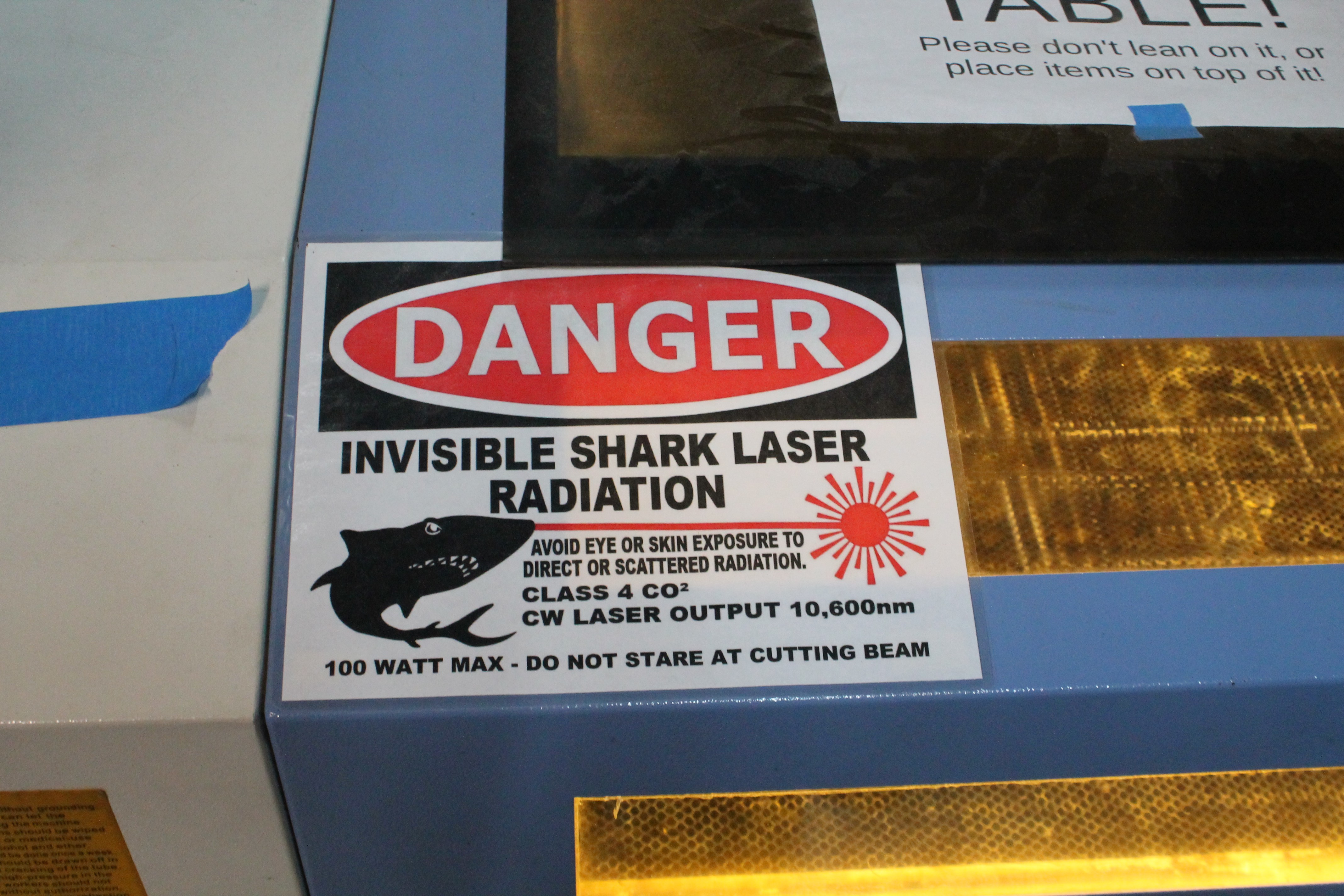As part of the senior design project, we developed a prototype keyboard that didn't require fine motor control to use. It's construction involved both 3D printed mounts and laser cut plywood.

So why didn't we use the laser cutter to make the adaptive button as well? Certainly the plywood would be cheaper, and even provide a more aesthetic result with some sanding and stain.
Well, the main consideration is that the keyboard was an unvalidated concept, something we hoped would find traction with users. The buttons, however, already had a clear use case, market, and demand; these buttons needed a design with local, small scale production in mind.
With the goal of making buttons easy to create, let's compare the laser and printer:
- The laser cutter is somewhat more dangerous than a 3D printer, requiring more attention to safety during operation (see above).
- The laser bed takes up 4 by 8 feet of floor space, whereas our 3D printer sits on a desk.
- The laser creates fumes and needs industrial ventilation. The 3D printer isn't proven innocent in this category, but with certain filaments the air-based hazards can be considered mitigated.
- Prices vary wildly among both 3D printers and laser cutters, but in our case we focused on making the button printable with sub $1000 FDM printers. Which meant that the $5000 laser cutter was much more expensive, again putting it out of reach for many DIY-ers who we want making these buttons.
So the printer made an all-around better platform for creating small gadgets in local communities.
 Christopher
Christopher
Discussions
Become a Hackaday.io Member
Create an account to leave a comment. Already have an account? Log In.